-
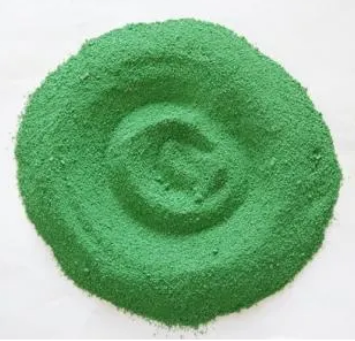
Wright’s stain CAS:68988-92-1 Manufacturer Price
Wright’s stain is a popular histological stain used in laboratory settings for the microscopic examination of blood cells. It is a combination of eosin Y and methylene blue, and it is primarily used to stain peripheral blood smears and bone marrow aspirates. Wright’s stain allows for the differentiation and visualization of various blood cell types, including red blood cells, white blood cells, and platelets.
-
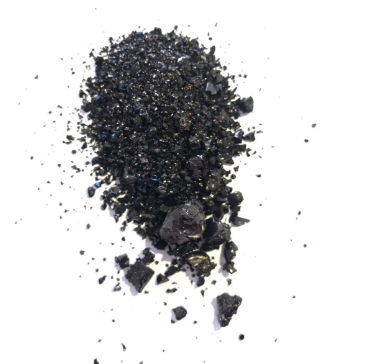
Nigrosine (C.I. 50420) (Acid Black 2) CAS:8005-03-6
Nigrosine, also known as CI 50420 or Acid Black 2, is a synthetic black dye. It is commonly used in the textile industry to dye fibers, fabrics, and leather. Nigrosine dyes are also utilized in laboratory applications as a staining agent for biological specimens and in histology for tissue staining. These dyes are known for their deep black color and are widely used for various coloring purposes.
-
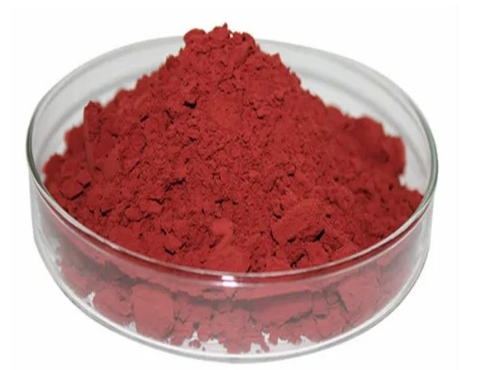
Acid Red 1 CAS:3734-67-6 Manufacturer Price
Acid Red 1, also known as Ponceau 4R or C.I. 16255, is a synthetic dye commonly used as a food coloring agent. It imparts a vibrant red color and is often used in foods, beverages, and pharmaceutical products. Due to its red hue, Acid Red 1 is also used in cosmetic and textile industries, and as a dye for various biological staining applications.
-

o-Cresolphthalein Complexone CAS:2411-89-4
o-Cresolphthalein Complexone is a complexometric indicator that is commonly used to determine the endpoint of titrations involving metal ions, particularly in the analysis of water hardness. It changes color in the presence of metal ions, making it a useful tool in analytical chemistry for detecting and quantifying metal ions in solution.
-
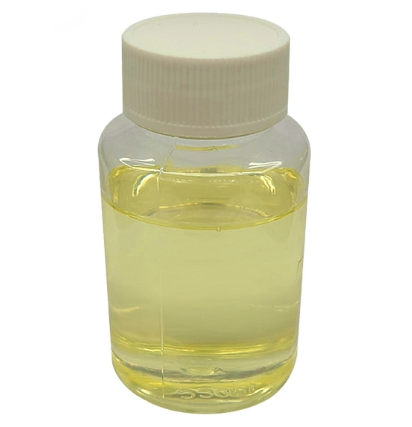
DL-alpha-Tocopherol CAS:10191-41-0
DL-alpha-Tocopherol is a synthetic form of vitamin E, which is an important antioxidant that helps protect cells from damage caused by free radicals. It is commonly used in dietary supplements and skincare products due to its potential health benefits, including supporting skin health and immune function.
-

D-Pantothenic acid hemicalcium salt CAS:137-08-6
D-Pantothenic acid hemicalcium salt is the calcium salt of D-pantothenic acid, also known as vitamin B5. It is an essential nutrient required for the synthesis and metabolism of proteins, carbohydrates, and fats in the body.
This compound is commonly used as a dietary supplement to address deficiencies of vitamin B5, which plays a crucial role in energy production and the maintenance of healthy skin, liver, and nerve function. It is often included in multivitamin supplements and is also used in some skincare products for its potential benefits to skin health.
-

Eriochrome blue black R CAS:2538-85-4
Eriochrome Blue Black R is a chemical compound commonly used as an indicator in complexometric titrations. It is a blue to black solid and changes color depending on the pH of the solution. In its acidic form, it appears blue, while in its alkaline form, it turns to purple or pink. This color change makes it useful for determining the endpoint of titrations involving metal ions, particularly the determination of water hardness. Eriochrome Blue Black R is also employed in the analysis of soil and water samples for metal content.
.
-
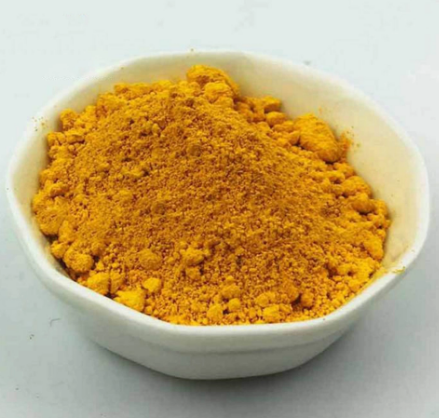
Fluorescein CAS:2321-07-5 Manufacturer Price
Fluorescein is a synthetic organic compound with notable fluorescent properties. It is commonly used as a fluorescent tracer in various applications, such as in dye lasers, biological staining, and as a marker in ophthalmic procedures. Fluorescein is known for its bright green fluorescence when exposed to light, which makes it valuable for visualizing and tracking biological processes and structures.
.
-

Glyoxalbis(2-hydroxyanil) CAS:1149-16-2
Glyoxalbis(2-hydroxyanil) is a chemical compound derived from glyoxal and 2-hydroxyaniline. It is commonly used as a crosslinking agent in the production of resins and adhesives. This compound has the ability to form strong, durable bonds between polymers, making it useful in various industrial applications such as coatings, textiles, and plastics.
-
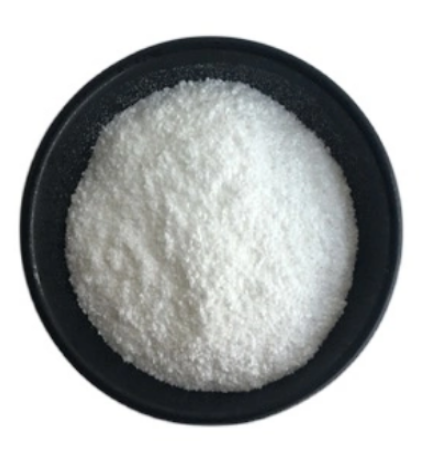
L-Ascorbic acid CAS:50-81-7 Manufacturer Price
L-Ascorbic acid, also known as vitamin C, is an essential nutrient with antioxidant properties. It plays a key role in maintaining the health of the skin, bones, and blood vessels. It is commonly found in fruits and vegetables and is also available as a dietary supplement. L-ascorbic acid is important for the immune system, as it helps the body combat infections and supports overall health. Additionally, it promotes the absorption of iron from plant-based foods and contributes to the production of collagen, a vital protein for skin and connective tissue.
-

Adenine CAS:73-24-5 Manufacturer Price
Adenine is one of the four nucleobases found in DNA and RNA. It is a purine derivative and pairs with thymine in DNA and with uracil in RNA. Adenine plays a crucial role in genetic coding and protein synthesis. Its chemical structure consists of a fused double-ring system and it is represented by the letter “A” in genetic sequences.
-

Bismarck Brown Y (C.I. 21000) CAS:10114-58-6
Bismarck Brown Y, also known as C.I. 21000, is a synthetic organic compound that belongs to the class of azo dyes. It is commonly used as a biological stain in histology and cytology. Bismarck Brown Y is known for its ability to selectively stain tissues and cell structures, making it useful for microscopic examination and research purposes. It has a reddish-brown color and is often applied in combination with other stains to differentiate various cellular components. Additionally, Bismarck Brown Y has been used in biomedical research and as a dye in the textile industry.

